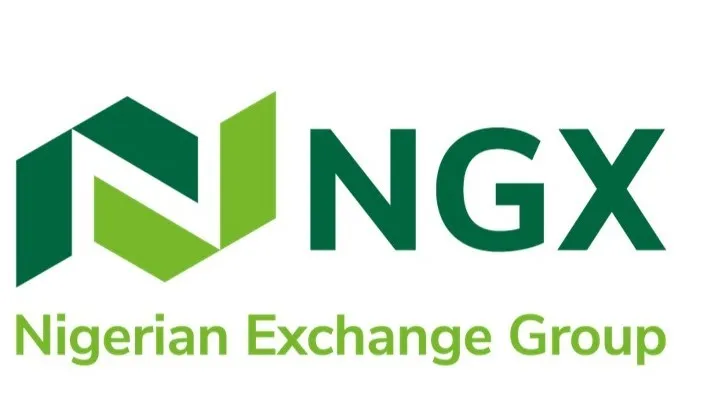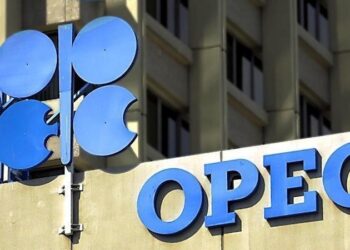The Nigerian Exchange (NGX) Limited, has admitted about N4.468 billion worth of investment of FGN Savings bond on its platform in the first four of the year.
The FGN Savings Bonds was designed to offer attractive returns and low risk investment avenue to low-income earners. It was also aimed at deepening the national savings culture and provide opportunity to all citizens irrespective of income level to contribute to National Development.
The federal government through Debt Management Office (DMO) has been issuing FGN Savings Bond on a monthly basis in tenors of two and three years with quarterly payment of coupons (interest) at a rate predetermined and published by the DMO every month.
The minimum subscription amount is N5,000.00 and investment must be in multiples of N1,000.00 while the maximum investment amount is N50 million. Investors are required to subscribe through stockbroking firms trading on the floor of the NGX and accredited by the DMO to act as distribution agents.
Detail of the bond as contained in the NGX X-Compliance report revealed that, a total of N4.468 billion listed as from January to April.
Stakeholders noted that the FGN savings bond has not attracted expected investments, indicating local investor apathy, a similar trend also noticeable at the equities market.
NGX in line with its mandate to promote investor participation in Nigeria’s capital market collaborated with Afrinvest hosted market stakeholders to a virtual workshop on FGN Savings Bond.
The virtual event held on May 25, 2023 is aimed at bringing retail investors, trading license holders and regulators in the Nigerian capital market under a common forum to create awareness on the FGN Savings Bond product, enhance participation and liquidity of FGN Bonds in the Secondary Market.
Director-general of DMO, Patience Oniha recently revealed that the Federal Government of Nigeria (FGN) Savings Bond has received a total subscription of N45.135 billion between its inception in 2017 and 2022.
Oniha said that the FGN savings bond, which was specifically designed to encourage retail investors had done well across the six geo-political zones of the country, going by the numbers.
She noted that the FGN Savings Bond is a product that the DMO introduced in March 2017 to enable retail investors to participate in the FGN securities market and promote financial inclusion.
Oniha said that in 2022, the DMO embarked on investor sensitisation programmes across a number of cities in Nigeria, saying, “This strategy proved successful as total subscription almost doubled from N8.396 billion in 2021 to N16.589 billion in 2022.
“Given this outcome, the DMO plans more of such sensitisation, as well as wider publicity. The other strategy is to deploy technology to the process to make the subscription fast, easy and overall, more convenient.”
She said that the portal had been tested with distribution agents for the FGN Savings Bond, adding that the presentation was to expose it to a wider group of stakeholders.
Managing director/CEO, Sofunix Investment & Communications, Mr. Sola Oni said, “We must appreciate that the philosophy of the FGN Savings Bond transcends the economics of capital mobilisation. The bond offering is targeted at low-income earners as a way of encouraging savings culture. At the commencement of the programme, there was intensive publicity and this enhanced patronage.”
He, however, said such as uncompetitive yields, compared to other asset classes in fixed income securities became an obstacle. For instance, the yield on Treasury Bill became more profitable.
Also, a senior stockbroker, Mr Tunde Oyediran, stated that “the economic situation of the low-income earners, who are the target of the Savings Bond, as the major factor undermining investment in it.
“What happened when the bond was introduced in March 2017, was that this class of investors moved their savings from banks into the Savings Bond. This accounted for the huge response to the first offer. However, their economic condition is yet to improve for them to generate new savings and thus invest more in the Savings Bond.”





